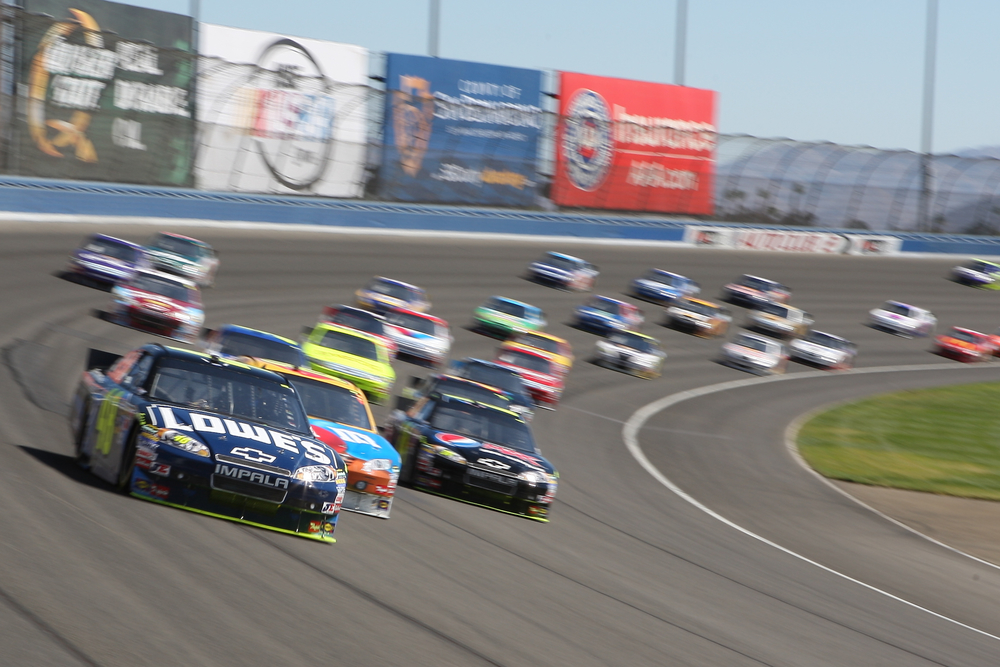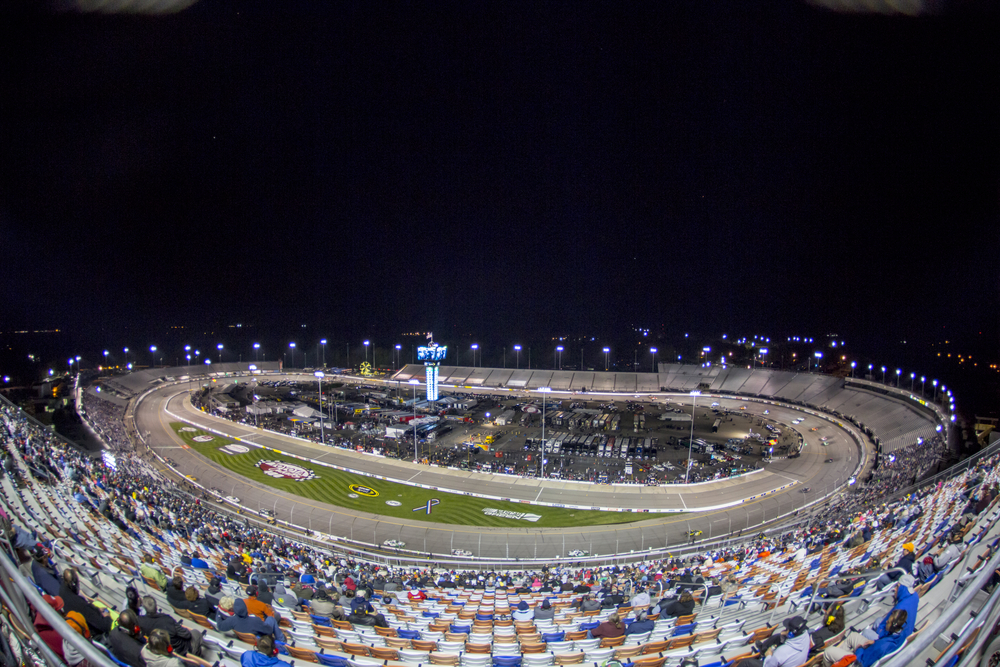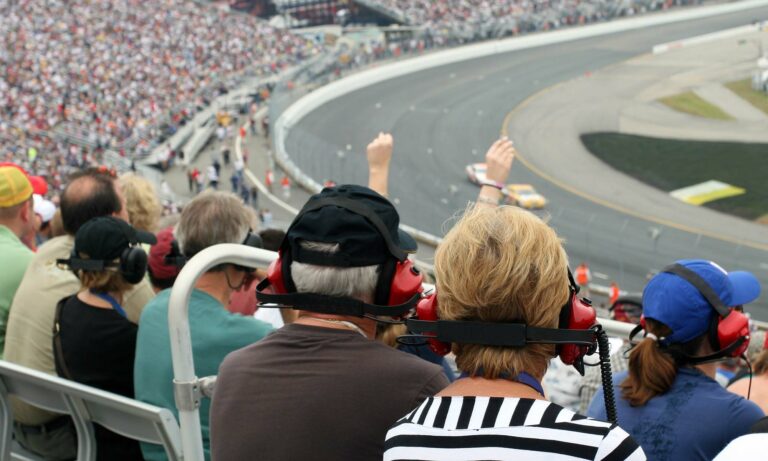NASCAR Changes Rules The Way We Change Lanes

There is so much to critique Nascar on these days. Ask any fan of this stuff and you’ll hear the same complaints: “something needs to change” or “The races are ‘too long’” or “it’s gotten so boring” and my personal favorite “I’m sick of watching people make left turns all day!” That’s why Nascar has taken steps to change the game a bit, spice things up to keep fans and hopefully newcomers on board.
However….with such an excessive amount of progress and change with Nascar, this ever-evolving motorsport is beginning to feel more like it is being tortured as opposed to simply having growing pains.

The latest changes to the game went ahead when NASCAR administrators and some drivers reported there will be a brand spankin’ new racing format for every one of the three of NASCAR’s national series to be executed at every race all through the 2017season, starting when that first green flag drops in February.
Be that as it may, most fans and critics believe that the fundamental issue here was never any of the event arrangements, now or even then—regardless of however small or large the possibility that the most current development is positive- it still feels like a convoluted math problem as opposed to a viable rubric for a motorsport season. The most serious issue is that NASCAR can’t settle on a plan, regardless of what that plan should or should not be in the first place.
So what is the cockamamie idea?
It’s…Complicated (Cue Avril Lavinge)
There’s no easy way to explain this in plain American yet here goes nothing:
Every race in each of the three of NASCAR’s top national series—the Monster Energy NASCAR Cup Series, Xfinity Series and Camping World Truck Series—will be cut up into three portions. A new banner was created with green and white checkers to end the initial two “stages.” That’s probably going to make it feel more “official” and less like a caution sign.
There will be a break that is required to last around 10 minutes toward the finish of every stage, and the finishing order for drivers actually matters: the main 10 drivers in the running earn “points” for their “stage” finish. There are additional points hurled toward each stage and race champions, and such merits carry into the postseason. Under the old framework, drivers just got extra points for wins toward the finish of the season before their quota is reset on championship races.

The main race the points DO not count is the actual season finale for the four remaining eligible drivers. That is the only unchanged rule NASCAR kept consistent.
The general season champion will not be irrelevant either. That title is earned by the driver who scores the most in the “regular” season of NASCAR. The quantity of regular and playoff races will change according to every series, except the consistent season victor will receive 15 extra points towards the title races while the other 10 drivers in the get their additional points.
Drivers also get points for their duel races at Daytona International Speedway under the new rules. These aces just exist to choose the beginning lineup for the Daytona 500 despite drawing large crowds.

This new point system goes hand in hand with the following recent changes:
- Drivers will no don’t get any bonus points for leading a lap or leading the most laps in a race.
- Teams can’t replace body panels during a race. If a driver goes to the garage after a crash, he or she is done.
- The NASCAR Camping World Truck Series will no longer have a warning clock. It lasted one season.
- The Xfinity Series’ four “Dash 4 Cash” races will each have heat races and a main event.
- NASCAR replaces its green-white-checkered system of ending a race with an “overtime line.” If a late-race caution caused the race to go over its scheduled distance under the green-white-checkered system, a green-flag lap and a white-flag lap would be run. There would be three attempts at ending the race under green. Before the third attempt, cautions would only end the race if they came on the white-flag lap. Under the overtime line, competitors only have to make it to a line that differs on every race track during the first lap of a green-white-checkered format. After passing the overtime line, the next flag ends the race.
- With NASCAR’s introduction of a charter system, the number of cars racing in the series’ top division went from 43 to 40.
Did all of that more complicated that it needed to be? You are not alone.
In general, it appears like many individuals like this. NASCAR brought in drivers and different fat cats to help them settle on the last of the new. That is just fine, and ideally this would help NASCAR to finish its updating.
In any case, once more, the issue here isn’t whether the new rules will deliver some great hustling. These are the best stock-car drivers on the planet. Changes to the sport itself shouldn’t be the means by which the league achieves “great motorsports.”

And yet nothing will prevent NASCAR from rolling out “improvements.” And no matter what, Nascar was always headed this route.













Alex has worked in the automotive service industry for over 20 years. After graduating from one of the country’s top technical schools, he worked as a technician achieving a Master Technician certification. He also has experience as a service advisor and service manager. Read more about Alex.